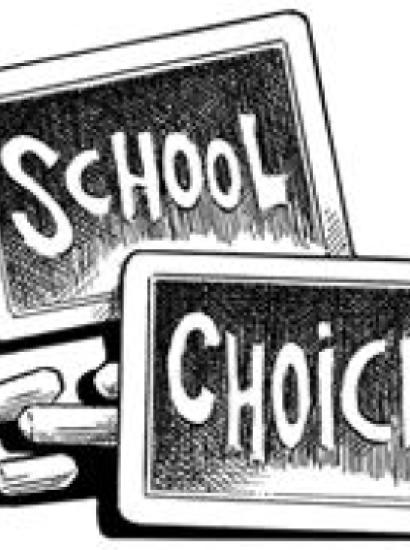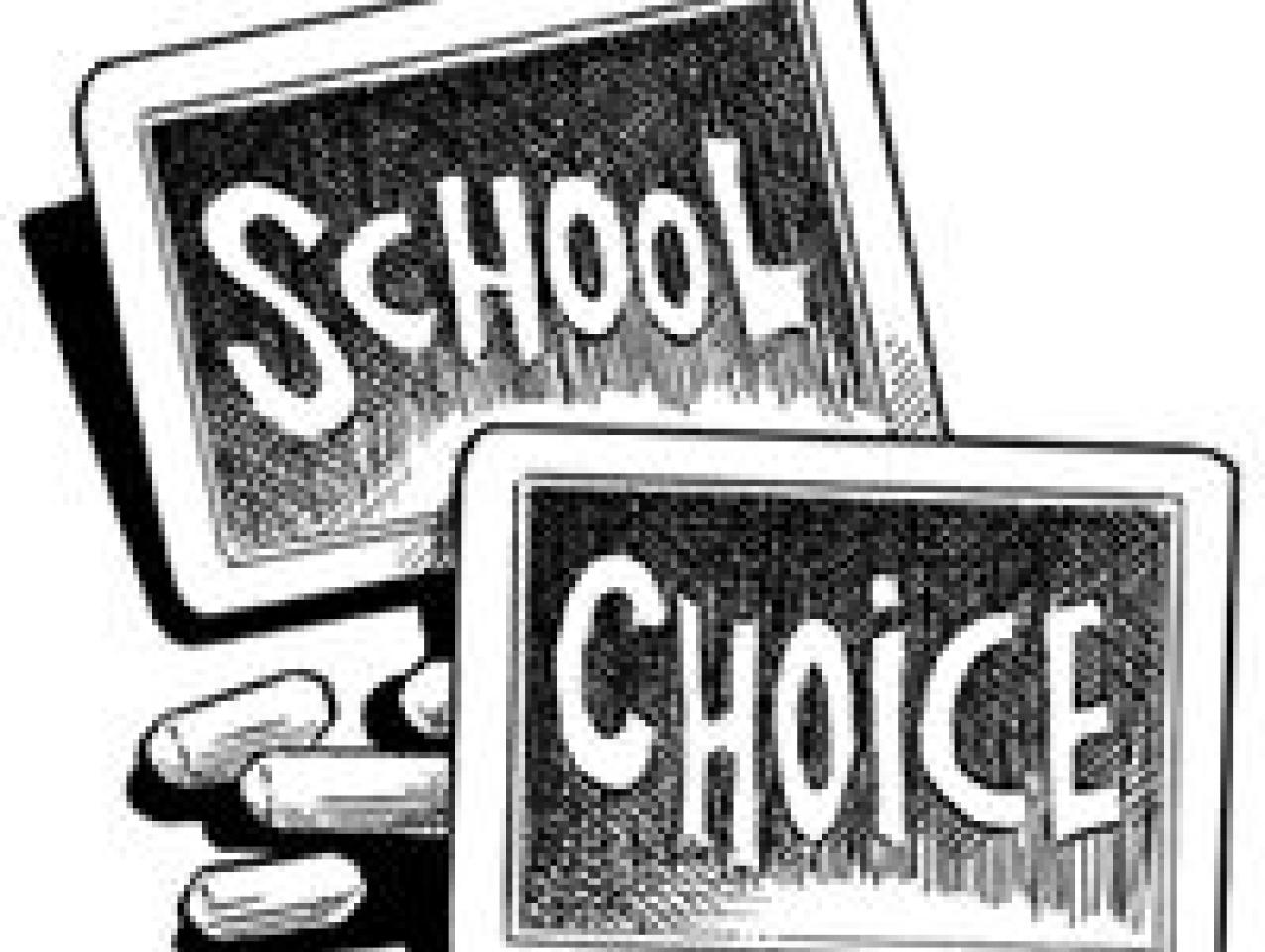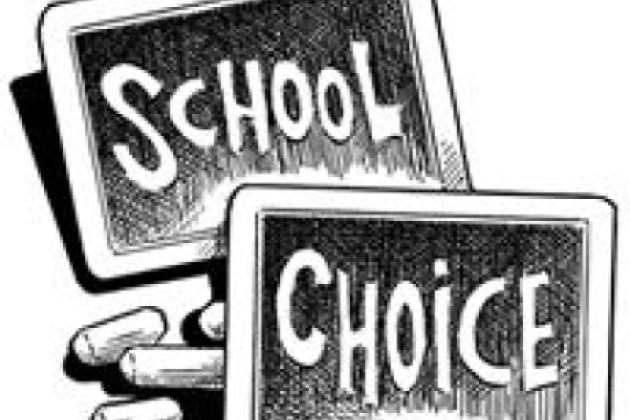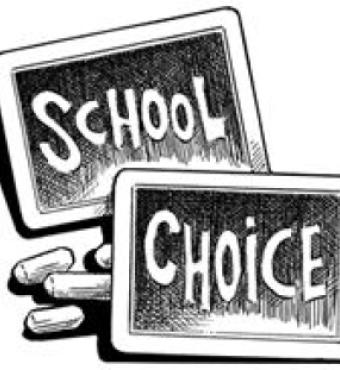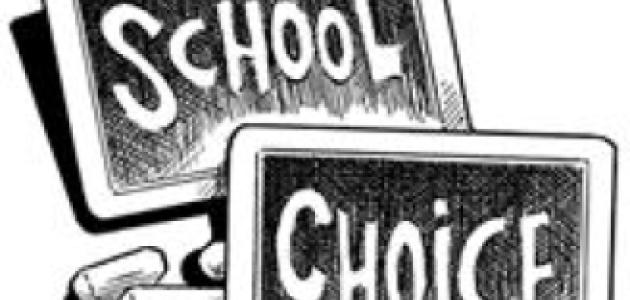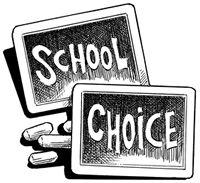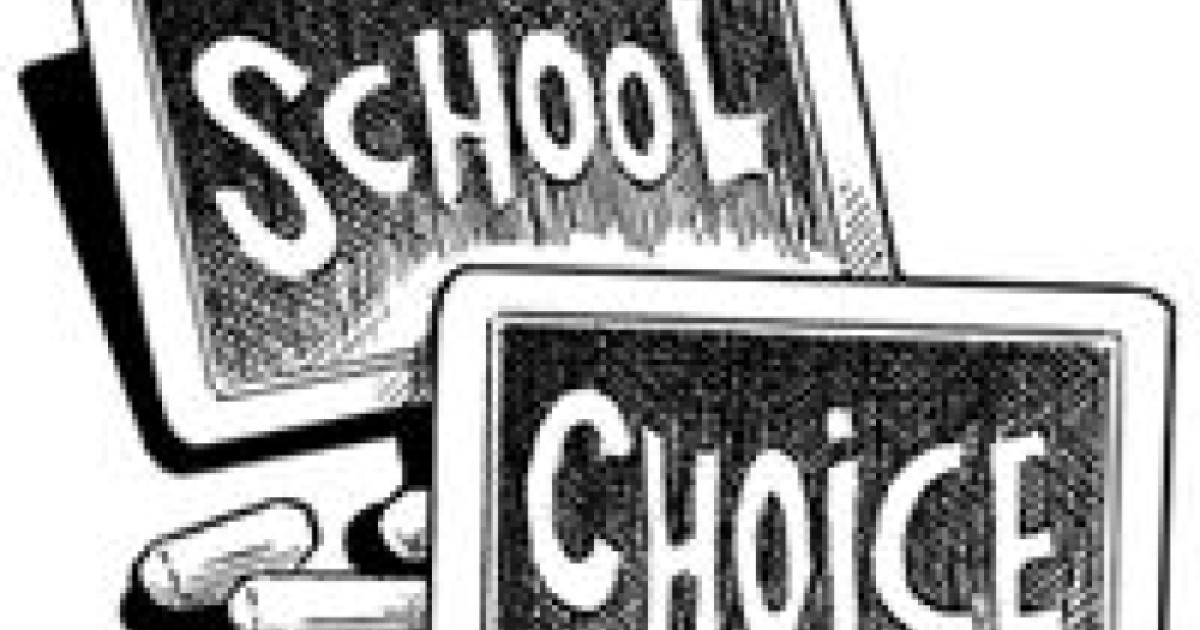- Education
- K-12

The recent Supreme Court decision upholding Cleveland’s voucher program has cleared the way for a major expansion of parental school choice. Opponents of choice can no longer use the First Amendment’s religious Establishment Clause to attack voucher programs, now that the Supreme Court has declared the Cleveland program constitutionally acceptable even though most voucher recipients went to parochial schools.
The state of Ohio provided vouchers worth up to $2,250 to low-income parents in Cleveland who chose to send their children to private schools that charged them tuition of no more than $2,500 per child. The voucher was offered as an alternative to government schooling costing nearly three times as much per student. Yet some 4,000 low-income parents still found the private alternative preferable—enough so to pay 10 percent of private school tuition out of their own pockets. What an indictment of government schools!
Most schools that accept vouchers are religious for a simple reason and one that is easily corrected. That reason is the low value of the voucher. It is not easy, perhaps not possible, to provide a satisfactory education for $2,500 per student. Most private schools spend more than that. But parochial schools are able to accept that low voucher amount because they are subsidized by their churches.
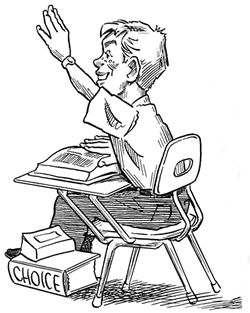
Raise the voucher amount to $7,000—the sum that Ohio state and local governments now spend per child in government schools—and make it available to all students, not simply to students from low-income families, and most private schools accepting vouchers would no longer be religious. A host of new nonprofit and for-profit schools would emerge. Voucher-bearing students would then be less dependent on low-tuition parochial schools.
Parents would then truly have a choice, and the quality of schooling—in both public and private schools—would soar as competition worked its magic. This has happened in Milwaukee, where the voucher program has evolved over the past 10 years. Since that program’s creation, 37 new schools have opened, nearly two-thirds of them nonreligious.
Assumption of responsibility by government for educating all children does not require that schooling be delivered in government-run institutions—just as government food stamps need not be spent in government grocery stores.
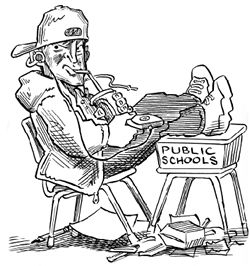
Besides, an emphasis on school choice is not new, even in public programs. The GI Bill enacted at the end of World War II demonstrates how well choice can work. That program provided vouchers for higher education—for use in religious and nonreligious institutions—to millions of veterans; it transformed higher education and provided the educational leadership that has played a major role in political and economic change in the postwar period.
When the GI Bill was enacted, doubts were expressed that the colleges could expand rapidly enough to handle the flood of new students. Yet the number of students enrolled in colleges nearly doubled in the two years after the end of the war. The supply expanded to meet the surge in demand.
The market will respond as fully and rapidly to the increased demand for private schools generated by the expansion of vouchers for elementary and secondary education. Private voucher programs, financed by foundations and individuals, plus the limited government programs so far enacted, have already brought forth a market response.
School vouchers can push elementary and secondary education out of the nineteenth century and into the twenty-first by introducing market competition on a broad scale, just as competition has made progress possible in every other area of economic and civic life.
The biggest winner from such an educational revolution would be American society as a whole. A better-schooled workforce promises higher productivity and more-rapid economic growth. Even more important, improved education could help narrow the income gap between the less- skilled and more-skilled workers and would fend off the prospect of a society divided between the haves and have-nots, of a society in which an educated elite provides for a permanent class of unemployables.









